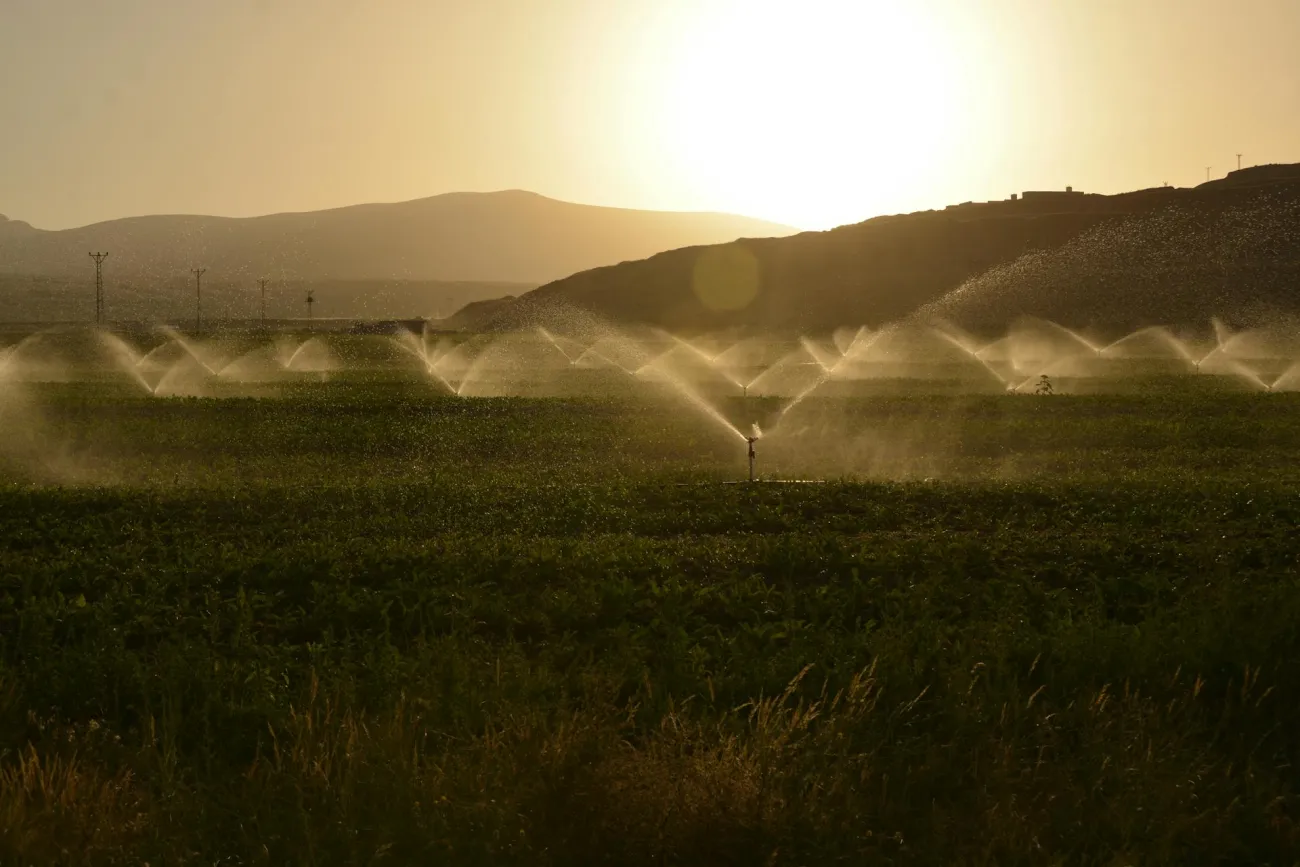In this paper, researchers from a number of European and Australian research institutions seek to (1) identify global inequalities in the distribution of environmental pressures, and (2) determine the relative importance of the drivers behind these inequalities.

With respect to the first aim, the researchers focus in particular on the disparity between ‘territorial environmental pressures’ and ‘footprint environmental pressures’ – that is, the difference between environmental impacts (e.g. CO2 emissions, material and land use) experienced within a country’s physical borders and the environmental impacts arising from consumption by the citizens of a country, wherever those impacts physically manifest. This allows them to investigate the role that international trade plays in environmental (in)equality. With respect to the second aim, the researchers identify drivers as any factors influencing the distribution of environmental pressures. These include: socio-economic, geographical, historical and biophysical drivers.
The authors conclude that international trade generally worsens environmental equity (causes inequalities in the distribution of environmental pressures) and that carbon emission indicators show the greatest level of inequality in distribution, explained by the fact that these are more tied to economic factors.
Abstract
Natural resource scarcity is no longer merely a remote possibility and governments increasingly seek information about the global distribution of resource use and related environmental pressures. This paper presents an international distributional analysis of natural resource use indicators. These encompass both territorial (national production) and footprint (national consumption) indicators for land-related pressures (human appropriation of net primary production, HANPP, and embodied HANPP), for material use (domestic material extraction and consumption and material footprint), and for carbon emissions (territorial carbon emissions and carbon footprints). Our main question is “What, both from a territorial and a footprint perspective, are the main driving factors of international environmental inequality?”. We show that, for the environmental indicators we studied, inequality tends to be higher for footprint indicators than for territorial ones. The exception is land use intensity (as measured by HANPP), for which geographical drivers mainly determine the distribution pattern. The international distribution of material consumption is mainly a result of economic drivers whereas, for domestic extraction, demographic drivers can explain almost half of the distribution pattern. Finally, carbon emissions are the environmental pressure that shows the highest international inequality because of the larger contribution of economic drivers.
Citation
Teixidó-Figueras, J. Steinberger, J. K., Krausmann, F., Haberl, H., Wiedmanne, T., Peters, G. P., Duro, J. A., Kastner, T. (2016) International inequality of environmental pressures: Decomposition and comparative analysis, Ecological Indicators, Volume 62, doi:10.1016/j.ecolind.2015.11.041
Read the full paper here (requires journal access).




Comments (0)